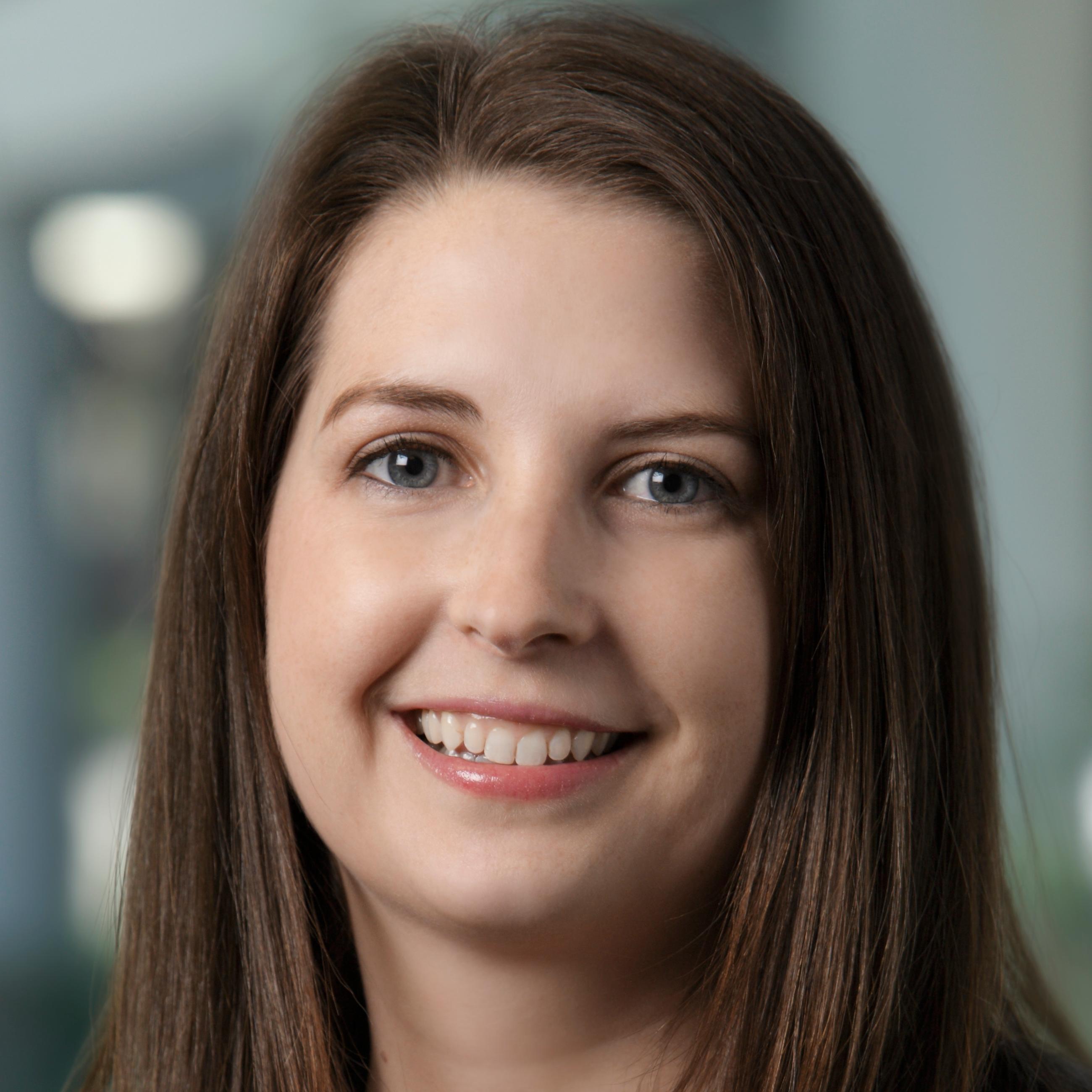10x Genomics at #AACR17 - April 5, 2017
It’s the last day of #AACR17 and there’s still some great science to be seen. And, don’t forget to stop by Booth #1644 to see how our single cell analysis and Linked-Read genomic analysis solutions can help advance your cancer research. While you are there be sure to ask about our latest single cell analysis tool, the Chromium™ Single Cell V(D)J Solution for the assembly of full V(D)J sequences.
We recommend checking out this morning’s poster session PO.MCB09.06 - Development of High Throughput Analytic Methods, which includes 2 posters using 10x Linked-Reads for detection of structural variation.
The first poster, "High-throughput automation of the 10x Genomics® Chromium™ workflow for linked-read whole exome sequencing and a targeted lynch syndrome panel" will be presented by Renata Pellegrino, CHOP, from 8am – 12pm in Section 15, Board 9. CHOP researchers utilize 10x Linked-Reads to fine map structural rearrangements detected by karyotyping and to discern between variants in the lynch syndrome related gene, PMS2, versus it’s homologue, PMS2CL. Working with 10x Genomics and PerkinElmer, the CHOP researchers were able to successfully automate the 10x Genomics whole exome sequencing (WES) workflow on the PerkinElmer Sciclone® NGSx Workstation, allowing them to remove variability and increase efficiency. Read the full abstract here.
To learn more about CHOP's work on distinguishing lynch syndrome variants in PMS2 check out Dr Charlly Kao's presentation from ASHG 2016, Resolving short reads and distinguishing variants in PMS2, and read our Researcher Spotlight interview featuring Dr Kao.
Yuan Jiang, NIH/NCI, will be presenting the second poster, "Combining droplet tagged short read sequencing with optical DNA mapping technology for improved assembly of cancer genomes" from 8am – 12pm in Section 15, Board 2. Structural variation plays a role in many cancer types and can result in rearrangements with important functional consequences as cancer drivers and clonal diversity. Whole genome sequencing (WGS) can be a useful tool, but often results in high false positive rates due to the relatively short-reads of commonly used technologies. Here the authors use a hybrid approach of 10x Genomics droplet tagged Illumina sequencing (10x Genomics) and DNA fiber molecular imaging (BioNano Irys) for high-throughput validation of a new approach for more robust mapping of simple and complex structural rearrangements. The authors then applied this approach to the highly complex genomes of osteosarcoma cancer cell lines to identify gene fusions and other rearrangements. Read the full abstract here.
Thanks for a great #AACR17! We look forward to see you at our upcoming User Group Meetings in Boston on April 18th and in New York City on May 8th.
